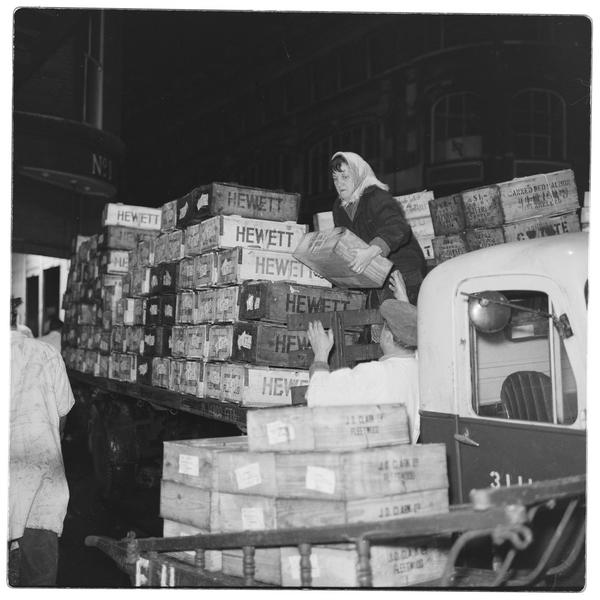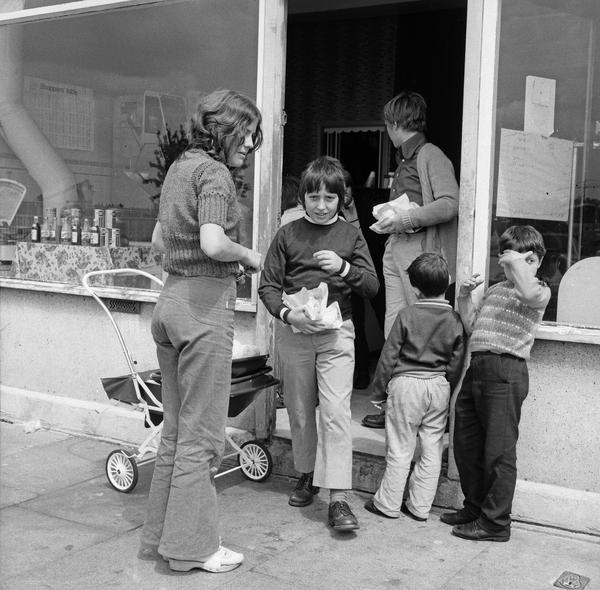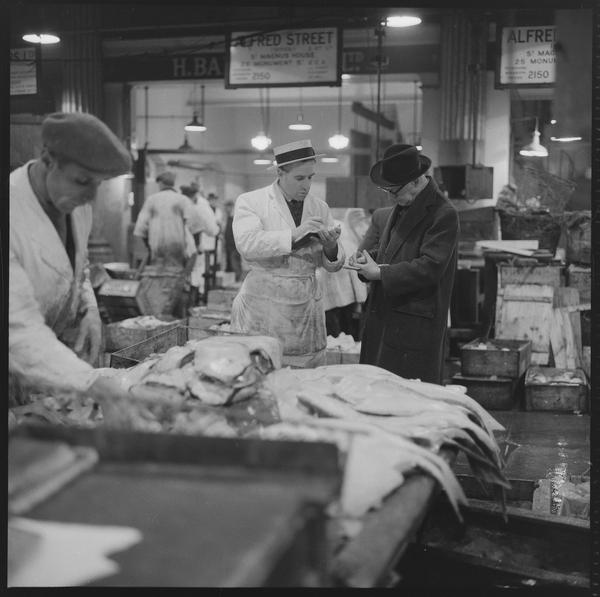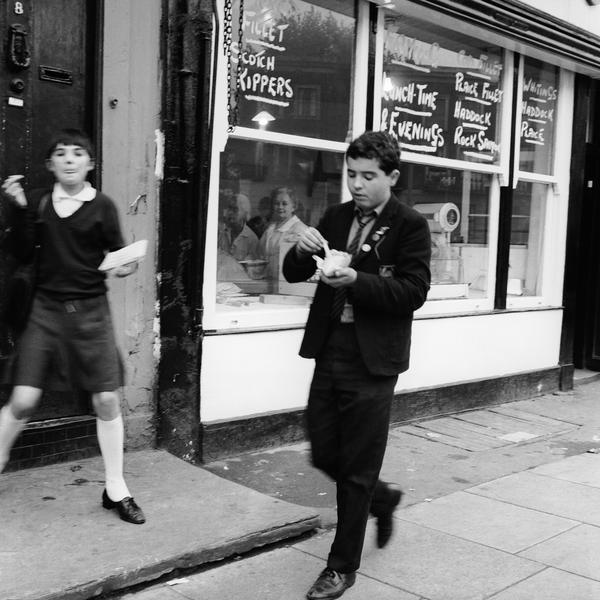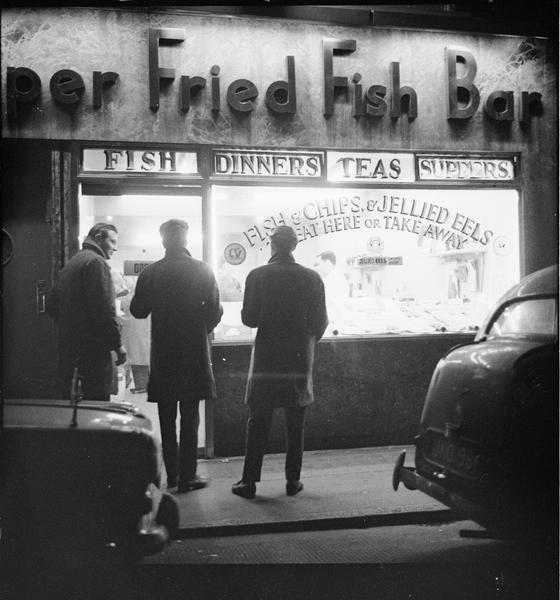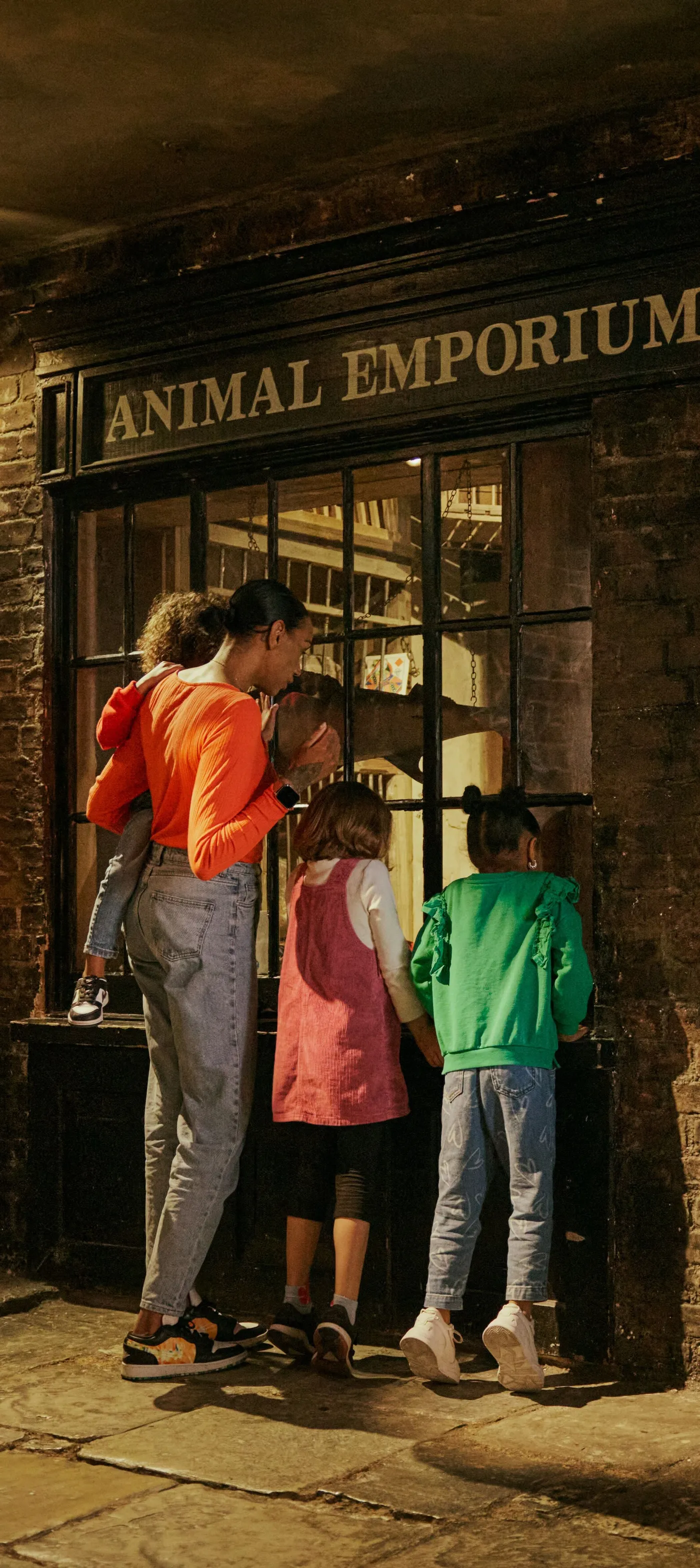How London got hooked on fish & chips
You might associate this deep-fried delicacy with the seaside. But Britain’s national dish has roots in London stretching back hundreds of years. Fish and chip shops have been a firm fixture on the city’s food map since the 1800s – and some say the country’s first ever ‘chippy’ was even opened here.
Across London
Since 1860
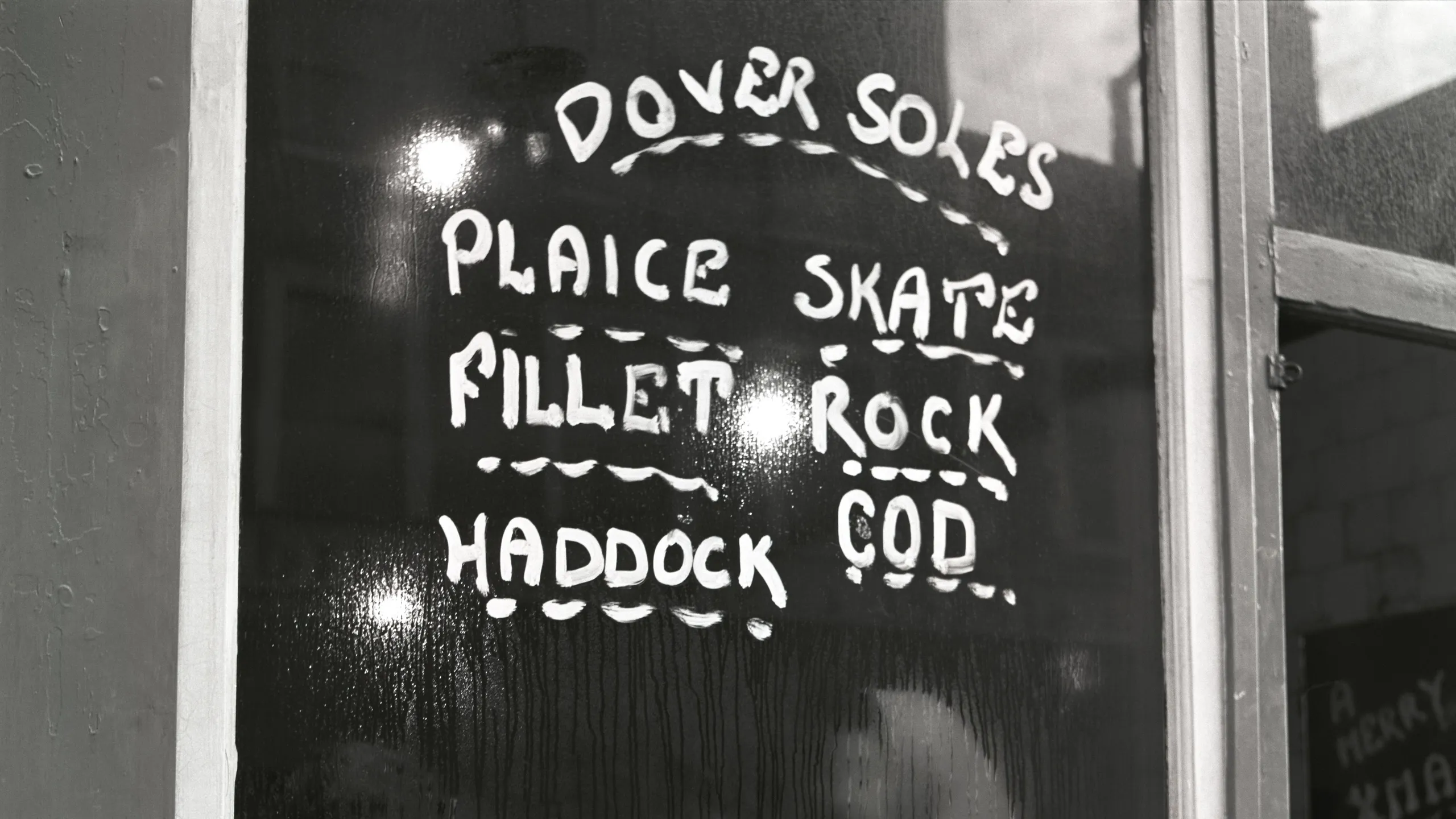
Where did fish and chips originate?
Fried battered fish was probably first brought to London in the 1500s by Sephardic Jewish refugees fleeing persecution in Portugal and Spain. White fish prepared this way – eaten for Friday night Shabbat dinner – was a culinary tradition. Potatoes also came to Britain in the 1500s, but the French and Belgians would argue about who invented ‘fries’ first.
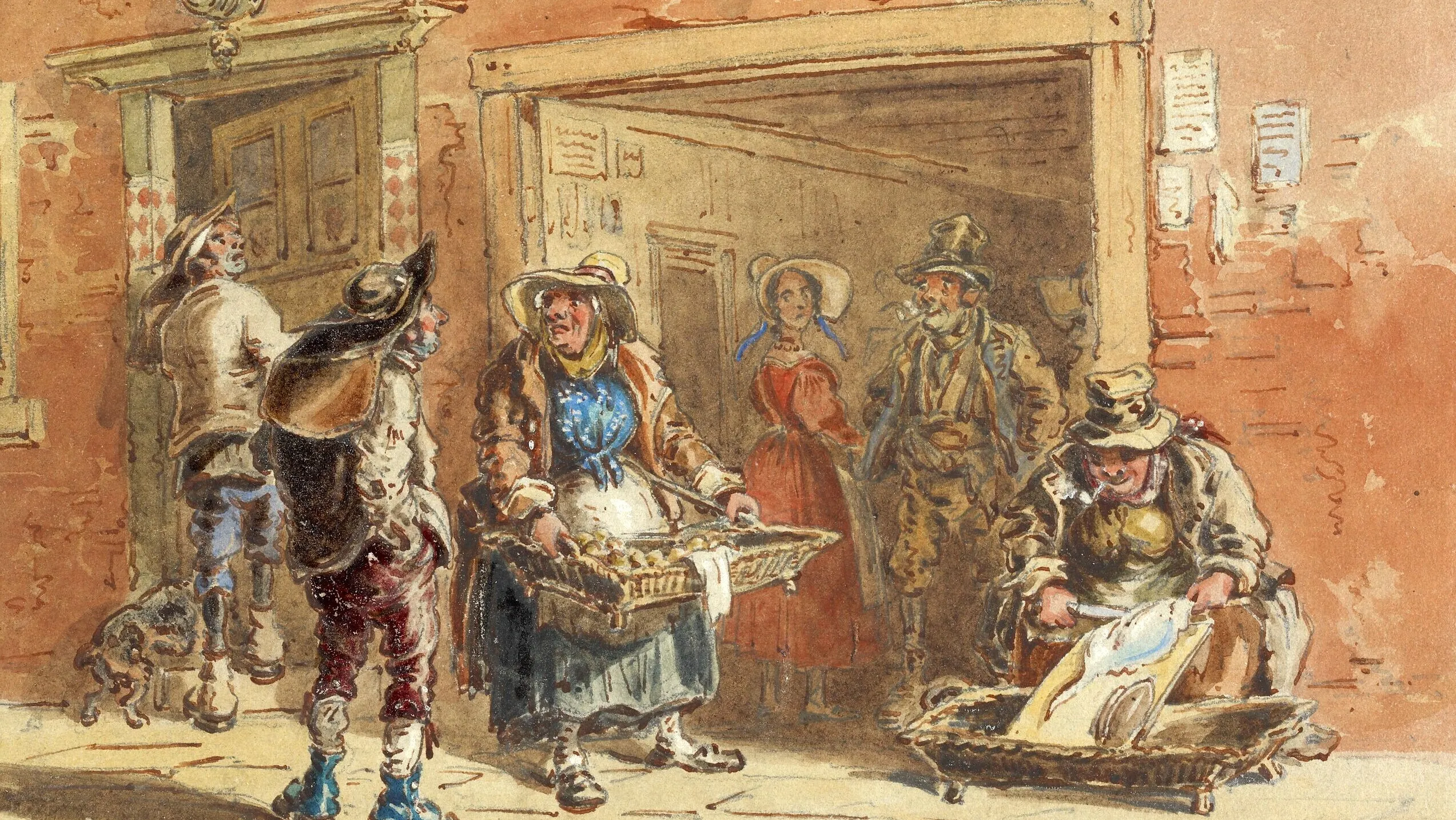
Fried fish becomes a hit
Fried fish and potatoes became staples of Londoners' diets in the 1800s. Street sellers flogged fish from trays around their necks. Charles Dickens noted a Holborn “fried-fish warehouse” in his 1838 novel Oliver Twist. And chef Alexis Soyer’s 1854 book A Shilling Cookery for the People, aimed at working-class readers, included a recipe for “Fried Fish, Jewish Fashion”.
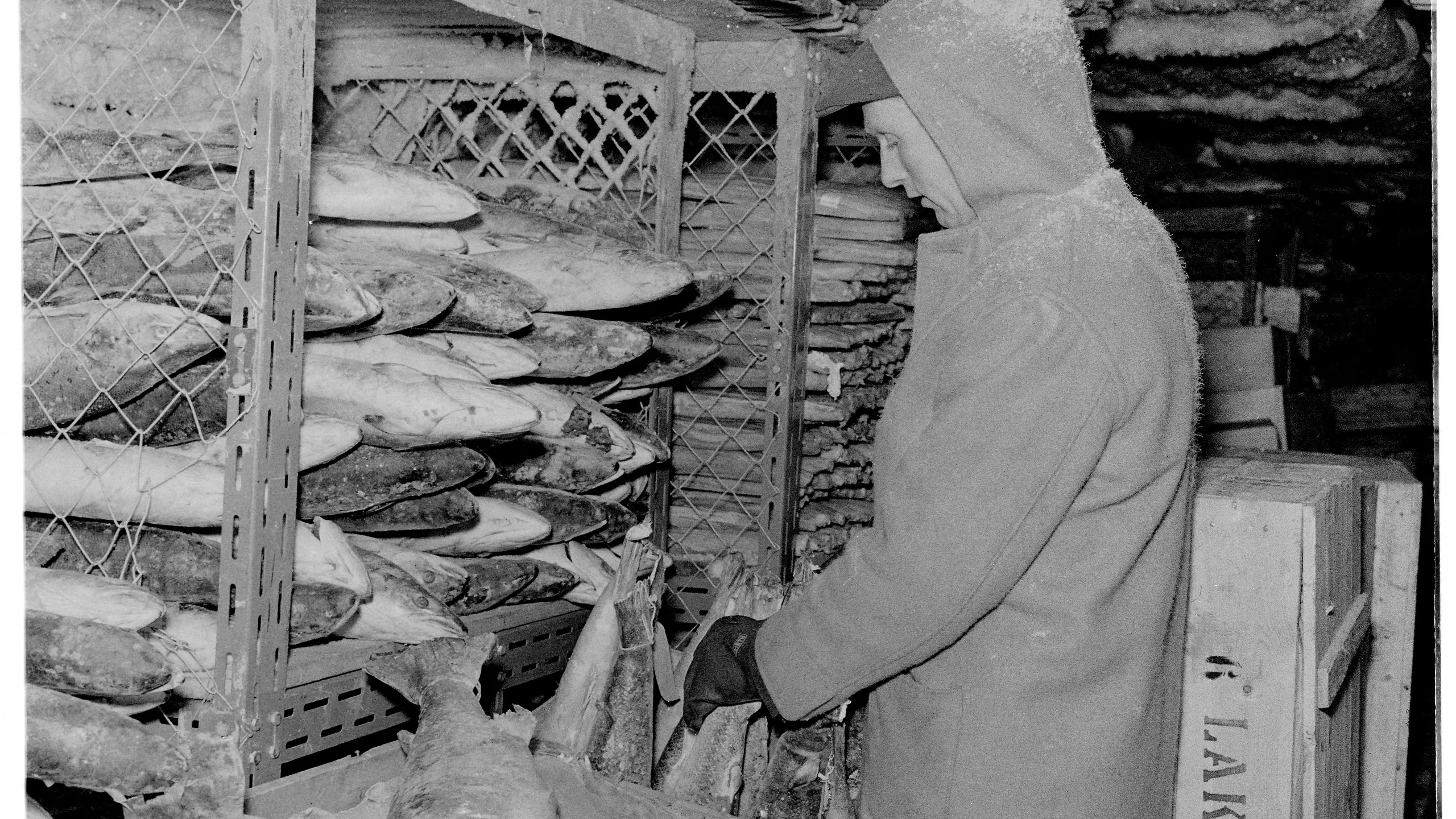
The thriving fish trade
Fish became more accessible over the 1800s. New methods of trawling meant more fish were available on the market. New cold storage technologies also kept fish fresher for longer. The purpose-built Billingsgate market building opened in 1850 and became the centre of the fish trade for London and beyond.
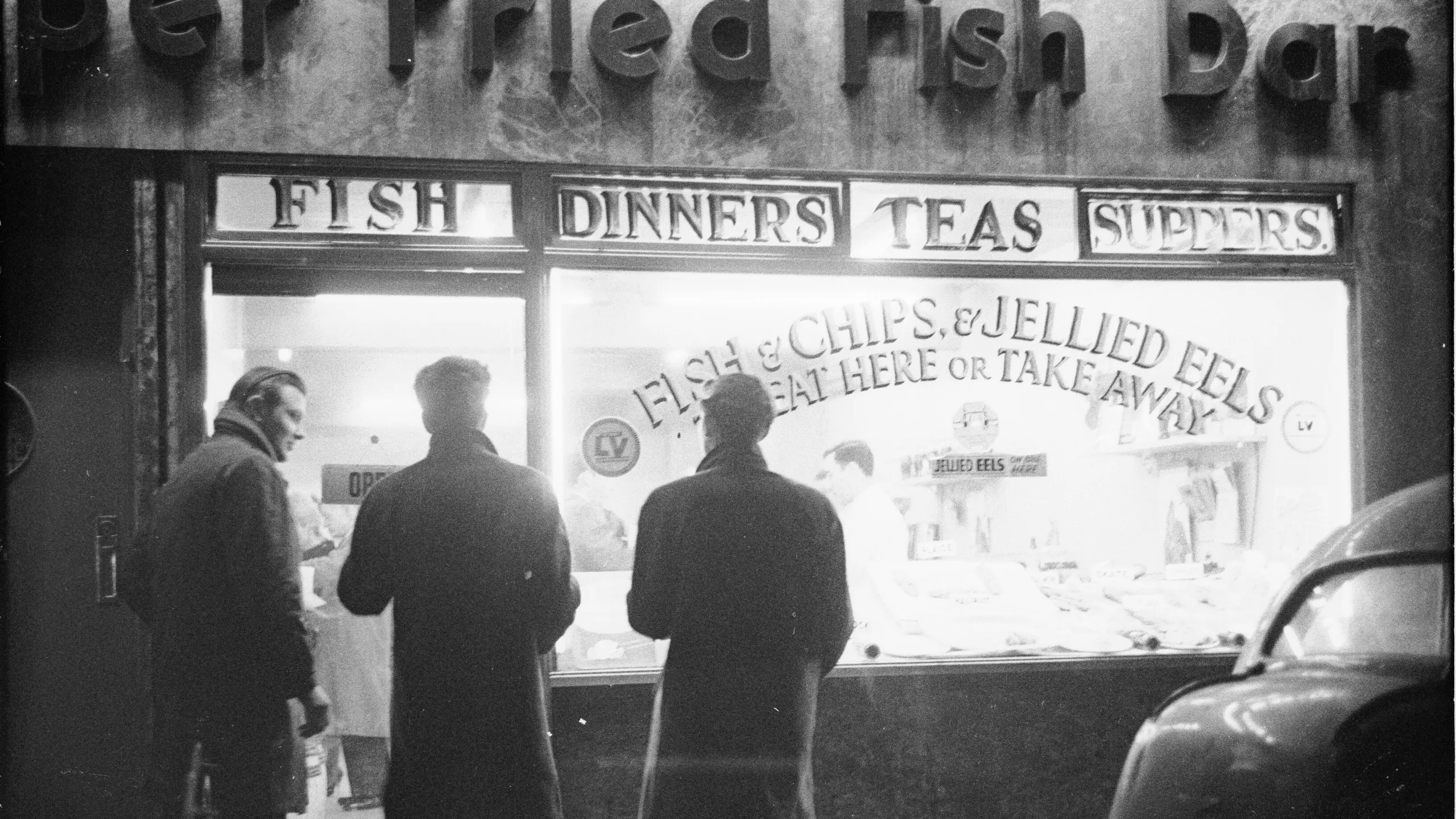
London’s first fish and chip shop
The first to pair these fried goodies in London (and possibly Britain) was Joseph Malin, a Jewish migrant who opened a fish and chip shop in Bethnal Green in 1860. Soon, these eateries popped up all over the capital. By 1920, there were around 25,000 shops across Britain.
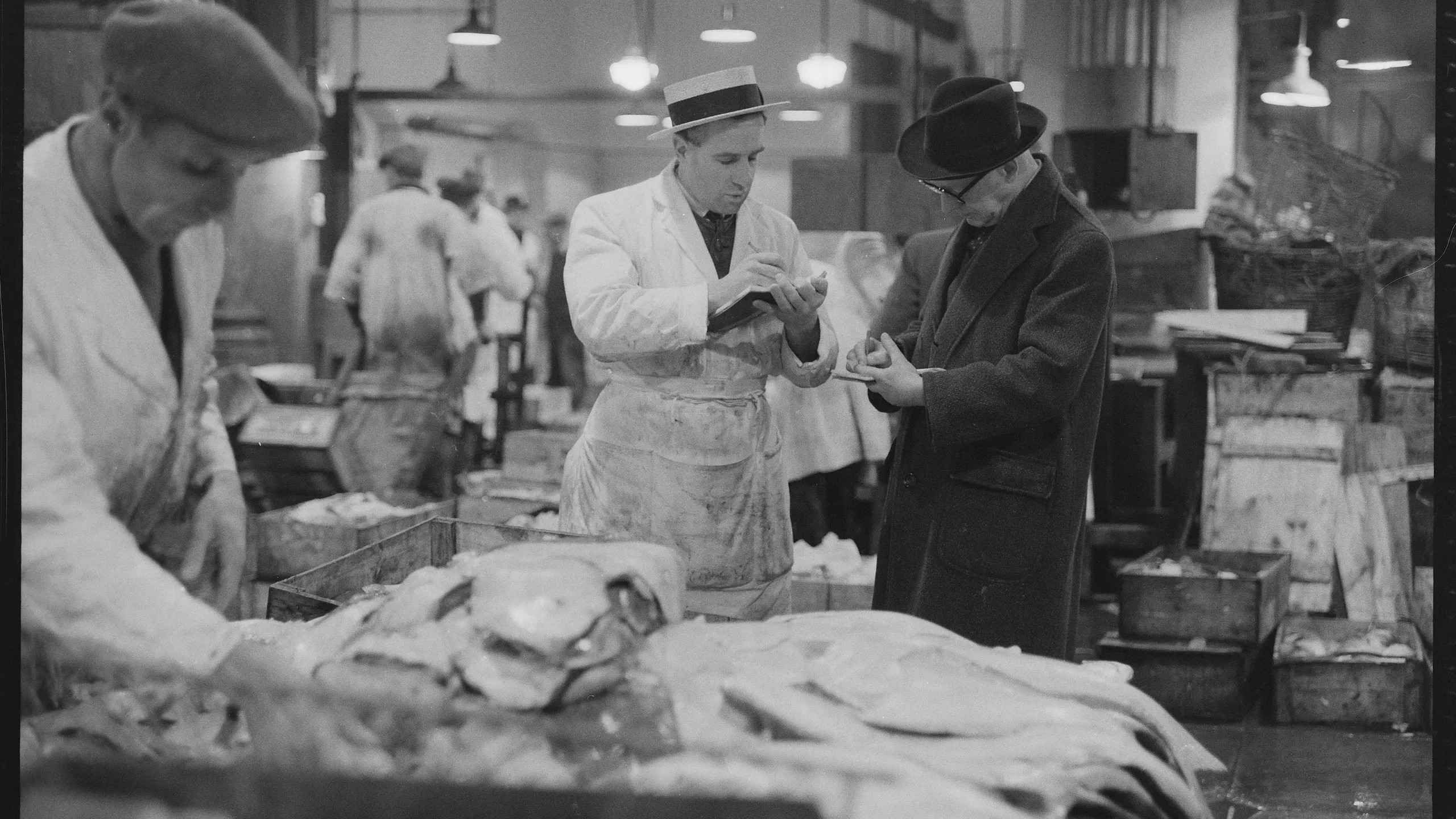
A booming industry
Cheap and readily available, fish and chips was a staple of working-class diets in London into the 20th century. This thriving trade provided jobs and was an important part of the country’s economy. So integral was fish and chips to Britain’s national mood that the dish was spared from rationing during the First and Second World Wars.
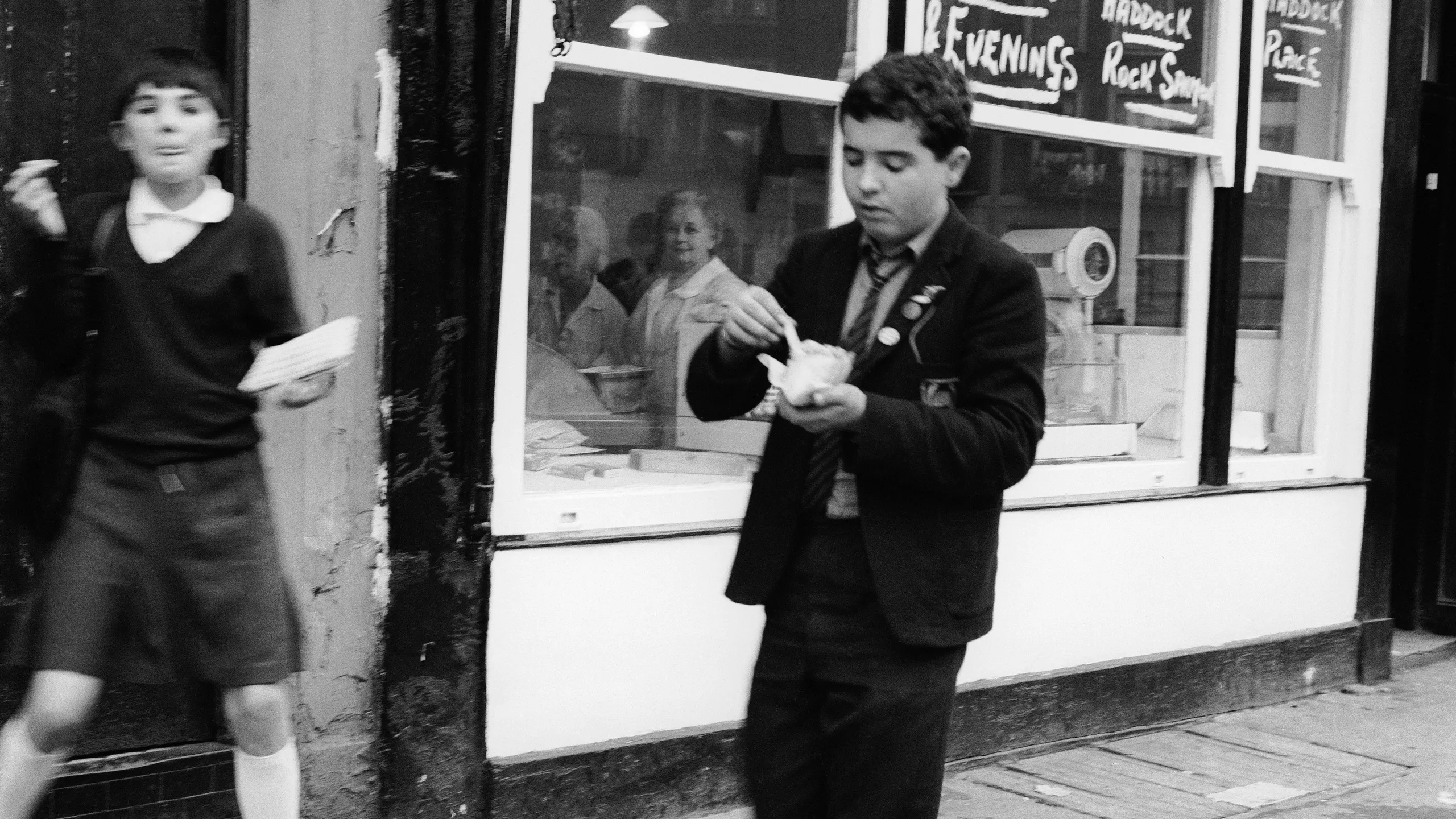
Wrapped and ready
Chippies often wrapped portions in old newspapers to keep prices low. You might find yesterday’s news actually printed onto your vinegar-soaked food by the time you got home to eat. But concerns about the toxicity of ink led to this practice being banned in the 1980s. Depending on who you ask, as well as the crinkle of paper, the full experience also includes mushy peas, curry sauce or ‘scraps’ of fried batter.
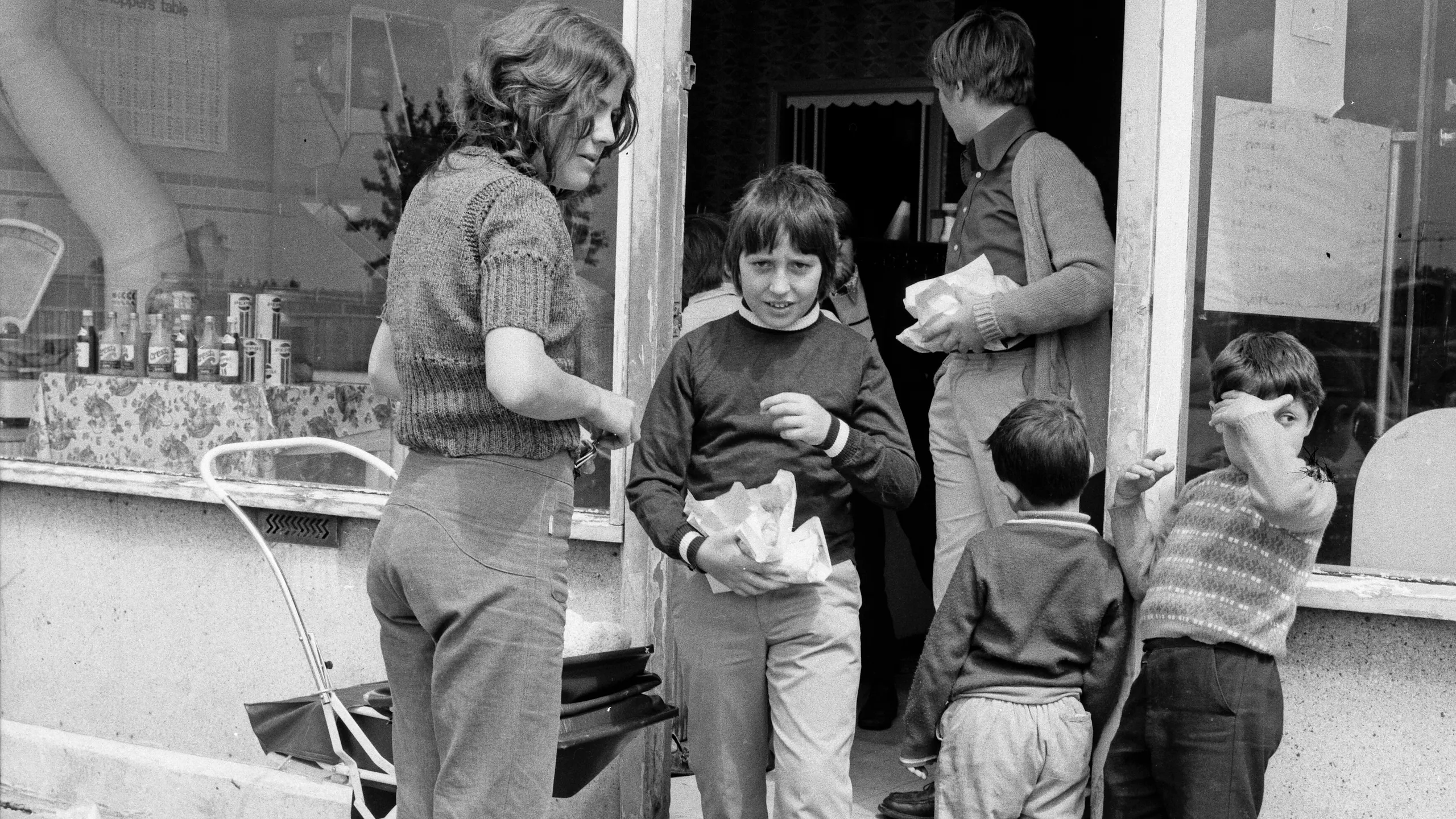
The final fry?
London’s fish and chips shops have faced turbulent times in recent years. Soaring energy bills and the costs of ingredients and cooking oil made the price of a meal rise more than 50% between 2019 and 2024. Many chippies are struggling to stay afloat and are at risk of closure.
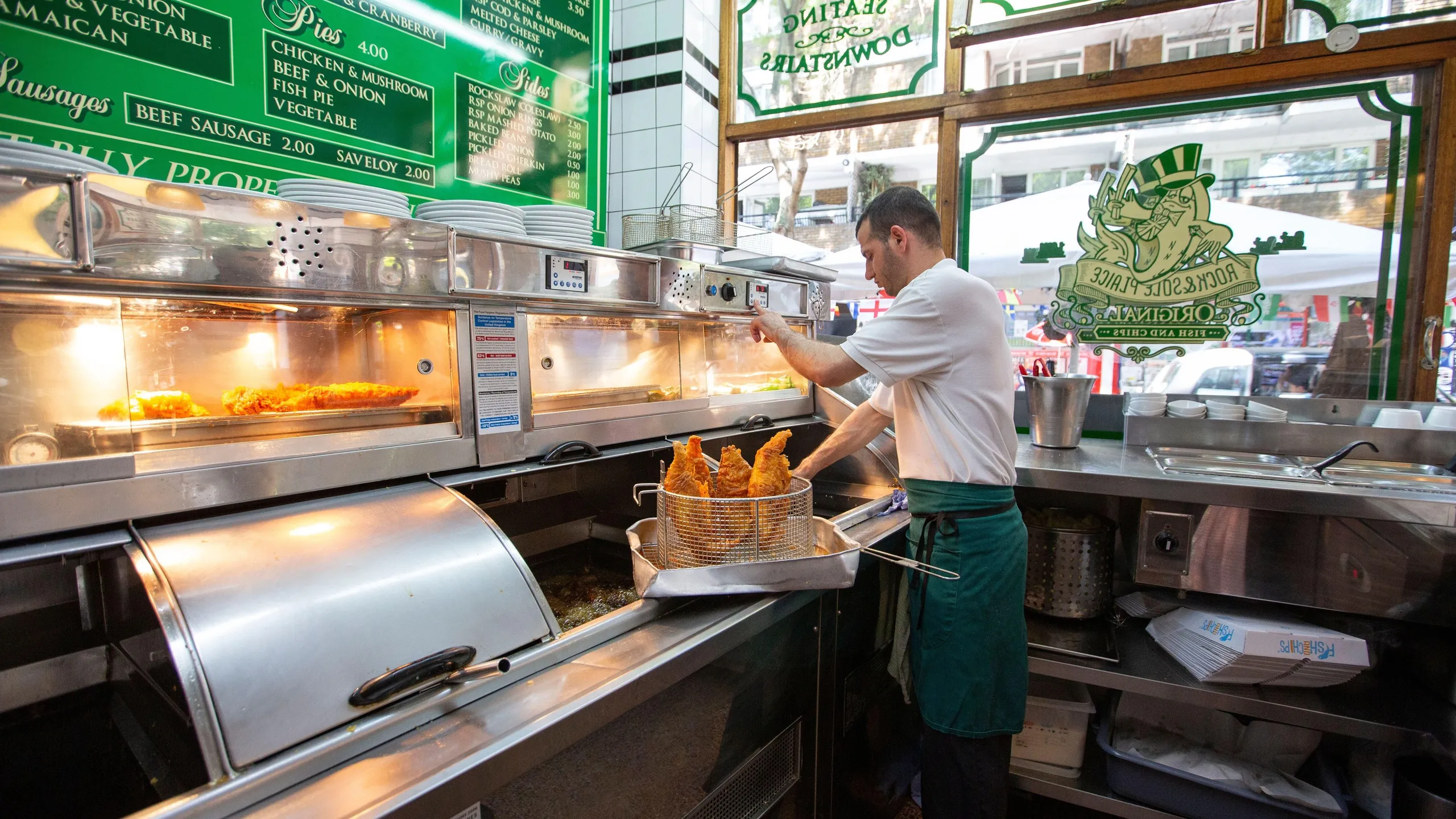
Where’s London’s oldest running fish and chip shop?
Rock and Sole Plaice has been serving fried goodness from the very same spot at 47 Endell Street, in the West End, since 1871. Back then, it fed workers from the nearby Covent Garden market and local factories and warehouses. Now it’s a great spot for some pre-theatre or night out fuel. It claims to be London’s third fish and chip shop.


